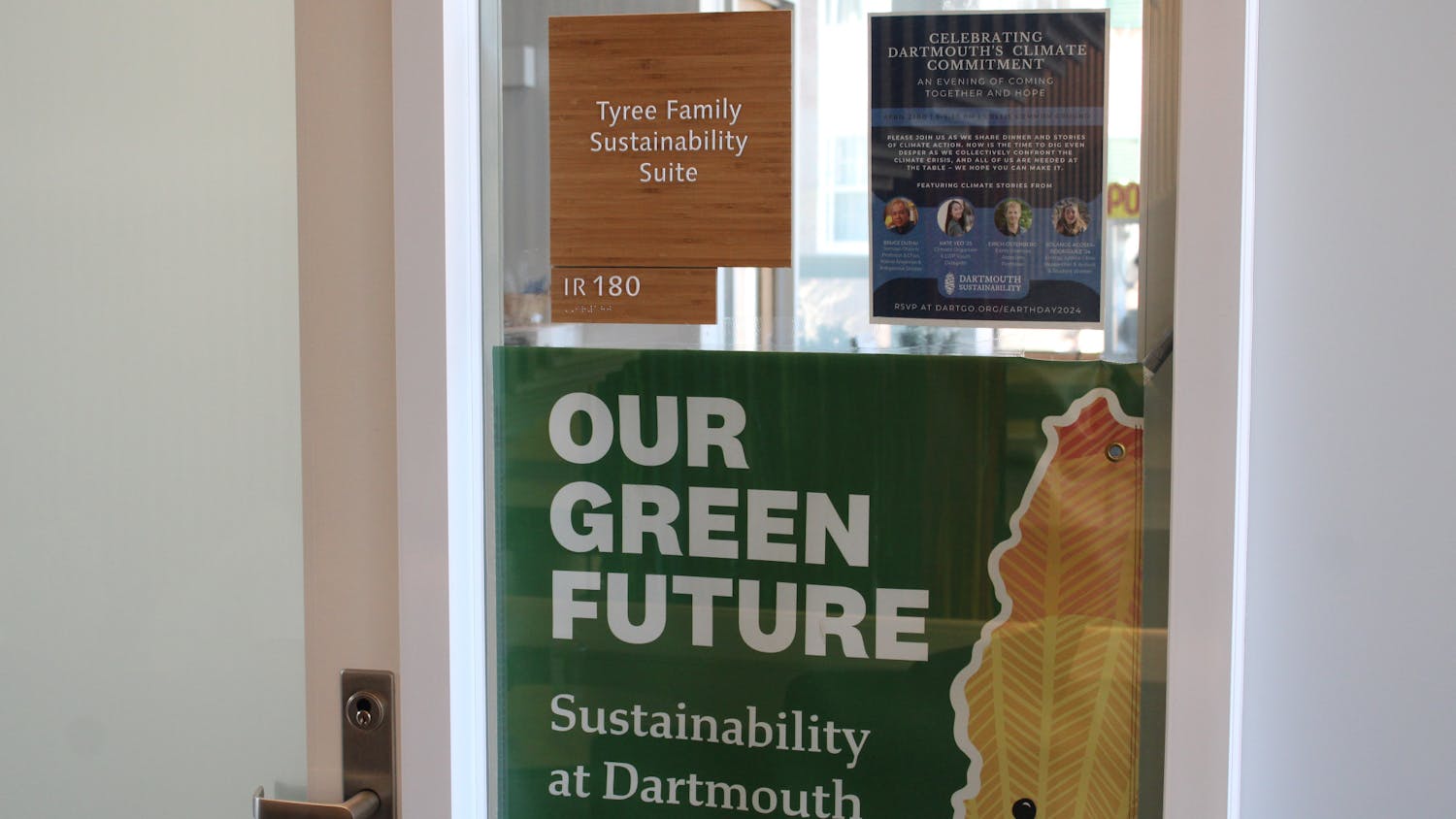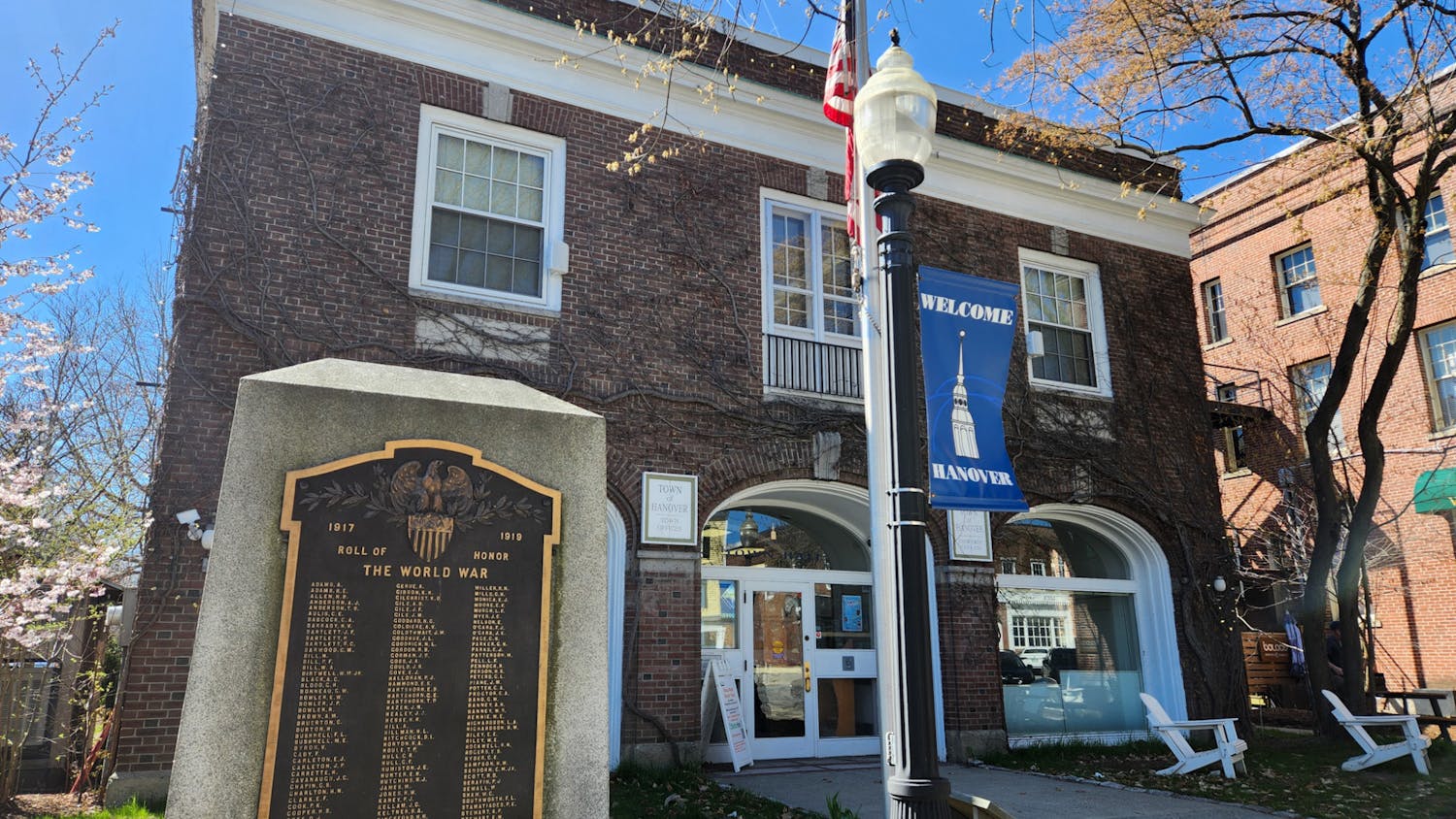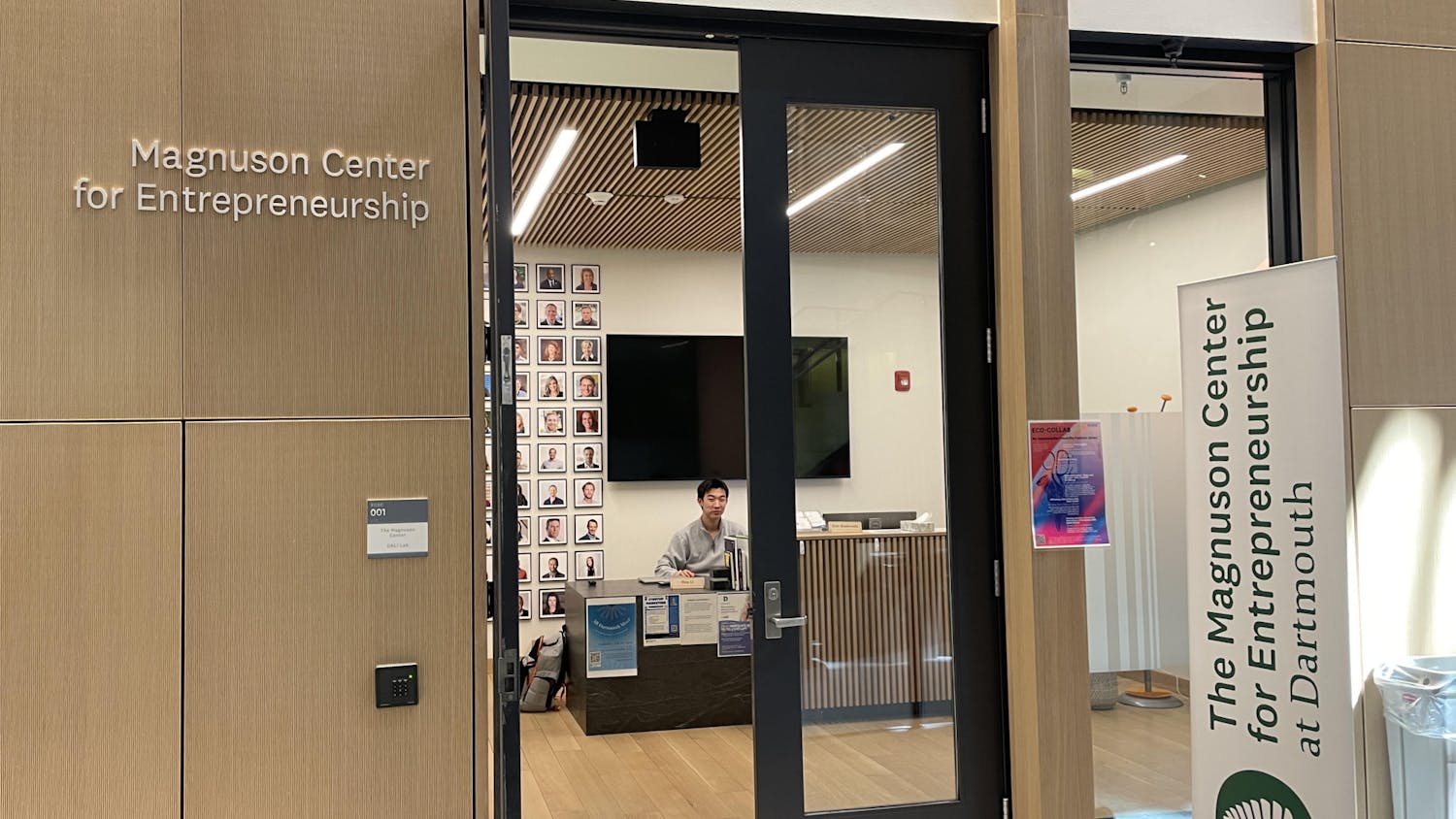Sen. Judd Gregg, R-N.H., attended presentations for several research projects, partially funded by congressional earmarks he championed, at the College on Tuesday.
In a day that included several events at the Thayer School of Engineering and a visit to a Lebanon biotech company run by former and current professors, Gregg listened to reports on using biomass as energy, developing antibodies to fight anthrax and improving digital forensics.
Gregg expressed satisfaction with the presentations and labeled the research "a great success."
"Tax dollars have been extraordinarily well spent here," Gregg said. "I hope that out of this there will be the evolution of other creative ideas."
Microbiology professor Ronald Taylor presented his research, thus far successful, in developing an antidote to anthrax. Taylor's antidote not only prevents infection after exposure, but also can actually treat infection. His work is partially funded by the Institute for Security Technology Studies, which receives funding from the federal government.
Taylor said he has developed an anthrax antibody that prevents fatality with an 80 to 90 percent success rate prior to exposure and a 60 percent success rate after infection in rabbits. During the anthrax mailing campaign that struck the U.S. government and news organizations in 2002, half of those exposed died despite the administration of antibodies. Taylor conducted his research in collaboration with the U.S. Army and the private biotech firm Medarex.
He said his antibody provides the best protection at the lowest doses, and is the only treatment that has been shown to actually reverse symptoms of the infection. Although Taylor said the cost of bringing the product to market, including testing on monkeys and humans to receive FDA approval, would be only $22 to $30 million, the National Institutes of Health has not yet approved the project for funding.
Engineering professor Lee Lynd spoke about his efforts to develop technology to use biomass, the non-edible structural element of plants such as wood or grass, as an energy source in the form of ethanol. He named Dartmouth as a leader in this research and New Hampshire as an ideal location for its implementation.
Computer science professor Hany Farid wowed the audience with his Photoshop skills, explaining how difficult it is to spot a digitally tampered photograph by showing a widely circulated photo of John Kerry and Jane Fonda onstage at an anti-Vietnam rally. The photo was found to be fake.
Farid showed how easy it is to create such fakes by superimposing Gregg into the picture. Gregg did not appear amused at Farid's example, though the rest of the audience laughed.
Farid also spoke about his work in the field of steganography, or embedded messages. Covert communication over the Internet presents a potential security risk to a country because terrorists can plan attacks more easily. Additionally, criminals or security threats can gain access to secure buildings or room by tricking biometric security systems that scan the iris or voice by using digital copies.
Farid said his work is making headway in preventing these kinds of digital forgeries or encoded messages that could endanger national security.
"We will never be able to go back to 'seeing is believing,' but we can make it more credible than it is now," Farid said.
Gregg was one of several notables at the presentations -- the senator was joined by several government science officials, including Arden Bement, acting director of the National Science Foundation, and Hratch Semerjian, acting director of the National Institute of Standards and Technology, as well as College President James Wright and Provost Barry Scherr.
Farid and Taylor's works are both aided by the ISTS, which has received $78 million over the past four years in congressional earmarks thanks in large part to Gregg. The biomass fuel project received $6 million from the Department of Commerce. Gregg sits on the appropriations committee and chairs the subcommittee responsible for appropriating money for the Commerce, Justice and State Departments.
Gregg said that as chairman of the CJS subcommittee, he became aware of the need to protect against emerging technological terror threats prior to Sept. 11. Wright recounted a phone call between himself and Gregg in 1999 that eventually led to the idea of ISTS.
The Chronicle of Higher Education recently highlighted ISTS as an egregious example of academic pork-barrel spending, citing critics who claim that money to fund the birth and operation of ISTS could be better spent at other similar but more established institutes at other universities.
Gregg said that the Chronicle should have come to Tuesday's presentations to learn about ISTS' progress, pointing out that ISTS has been successful in keeping the United States safe, particularly in the field of cyberterrorism.
"You can make those representations, but you can't support them with the facts," Gregg said of the Chronicle's article.
But even Gregg doesn't discount the importance of his position in the Senate as the determining factor in locating ISTS at Dartmouth.
Gregg told the audience that when fellow legislators asked him why Dartmouth is a natural place for ISTS, Gregg said, "because I was chairman of the subcommittee."
Gregg's ties to the College are deep -- he served as an ex-officio member of the Board of Trustees while Governor of New Hampshire from 1989 to 1993 and his son is currently a sophomore at the College.



